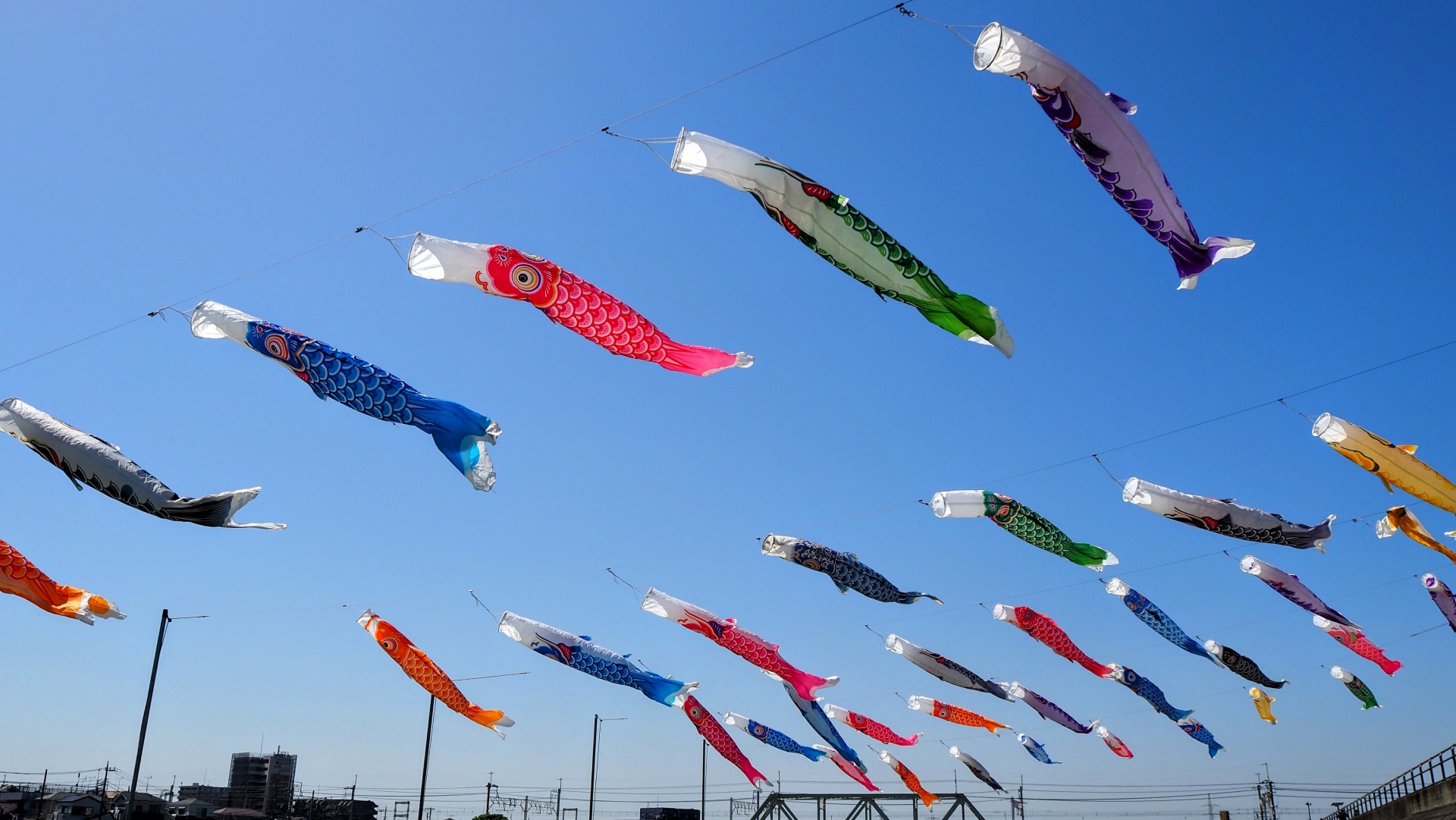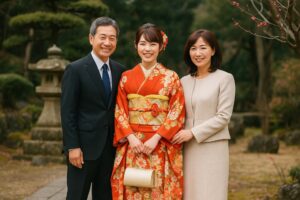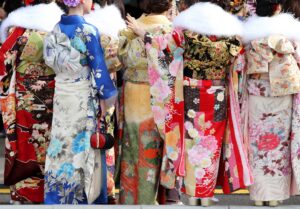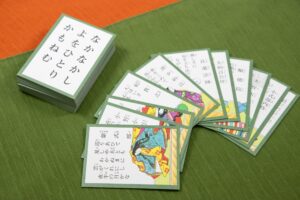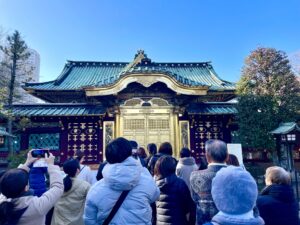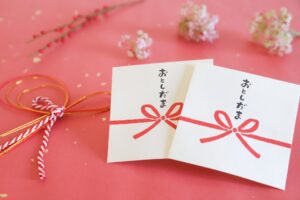Children’s Day, or Kodomo no Hi, is celebrated every May 5th in Japan as a national holiday dedicated to children’s happiness, growth, and character. While rooted in ancient traditions like Tango no Sekku, today’s celebration includes symbolic decorations, traditional foods, and family activities. This guide explores the history of Children’s Day, its cultural evolution, and how families in Japan and abroad continue to honor children on this special day.
What Is Children’s Day in Japan?
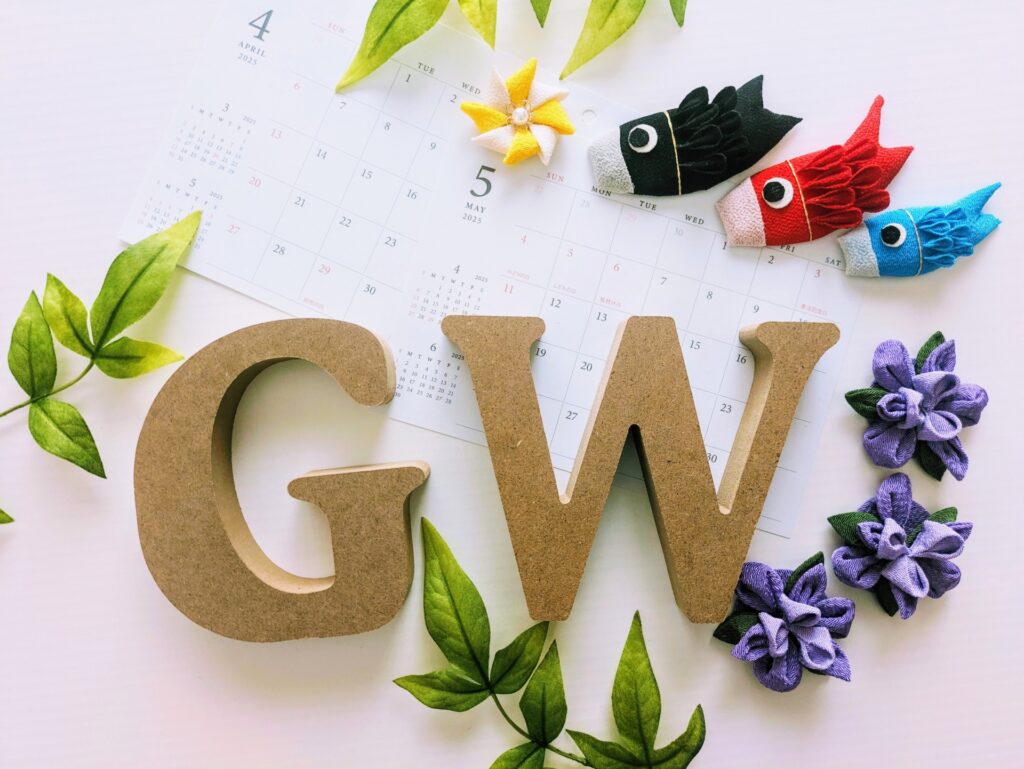
Children’s Day, known in Japanese as Kodomo no Hi (こどもの日), is celebrated on May 5th and marks the final holiday of Japan’s Golden Week. As a national holiday, it’s a time for families to express joy in their children’s growth and to wish for their future happiness. Originally a day to celebrate boys, it has evolved into an inclusive celebration of all children, regardless of gender. The day is deeply meaningful to Japanese families as it highlights values like health, courage, and family unity.
Officially designated a national holiday in 1948, Children’s Day is rooted in a much older tradition known as Tango no Sekku, which celebrated the strength and bravery of boys. Today, while honoring the past, families also take this opportunity to engage in joyful activities, decorate their homes with symbolic ornaments, and prepare seasonal foods that bring good luck and prosperity.

The Difference Between Children’s Day and Tango no Sekku
Tango no Sekku (童端の節口) is one of Japan’s five traditional seasonal festivals and dates back to the Heian period (794-1185). Historically celebrated on the fifth day of the fifth month, it was specifically known as Boys’ Day and focused on celebrating young male heirs and their development into strong and successful adults. The holiday incorporated samurai values such as courage, perseverance, and protection—reflected in symbols like armor and warrior dolls.
In 1948, the Japanese government officially renamed the holiday Kodomo no Hi and expanded its meaning to include all children, not just boys. Though the two names are still often used interchangeably in casual conversation, the shift marks a significant cultural change in recognizing gender equality. Tango no Sekku retains its historical and cultural weight, while Children’s Day reflects modern inclusivity.
History and Origins of Children’s Day
Children’s Day traces its roots back to Japan’s feudal era, particularly among the warrior class. During the samurai period, May 5th was a day for families to pray for the health and success of their sons. Symbols like kabuto (warrior helmets) and iris leaves, believed to ward off evil spirits, were prominently displayed. These customs symbolized strength, courage, and protection—qualities esteemed in the warrior tradition.
After World War II, Japan underwent numerous social reforms, and one significant cultural change was the redefinition of Boys’ Day into Children’s Day. This rebranding was part of a broader shift toward egalitarian values in a post-war society. In 1948, the holiday was enshrined in law as a national day to celebrate all children and to express gratitude toward mothers, further emphasizing the importance of family cohesion.
Symbolism and Traditions
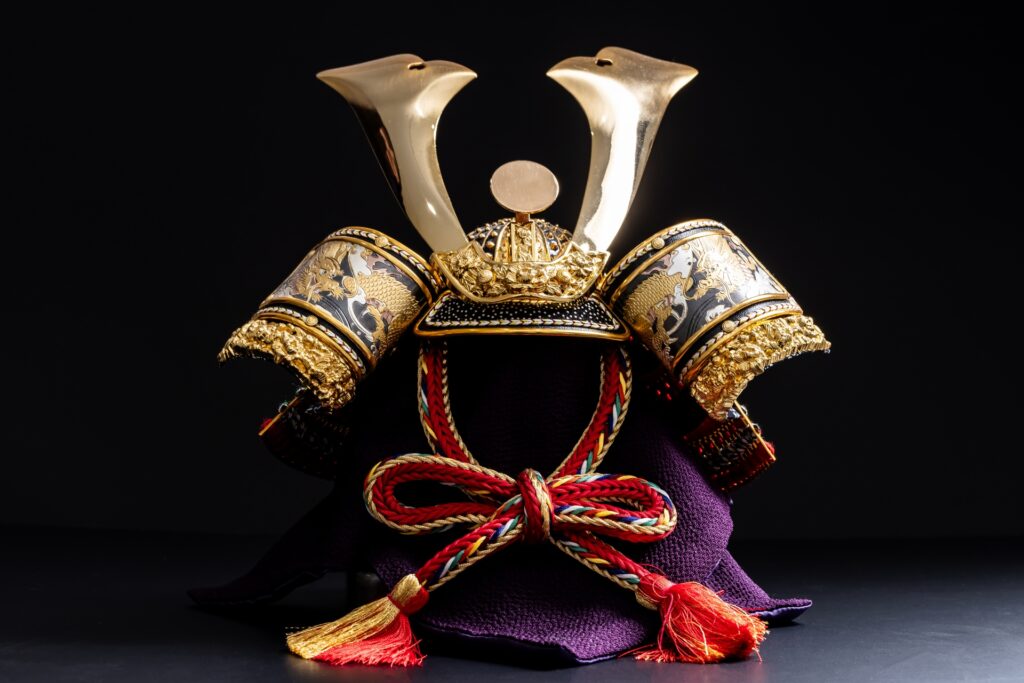
Children’s Day is rich in symbolic decorations and rituals, many of which have been passed down through generations. Among the most iconic are the koinobori (carp streamers), kabuto (samurai helmets), and displays of iris leaves and warrior dolls. These symbols each represent key virtues: the carp for strength and determination, the kabuto for bravery and protection, and the iris for good health and warding off evil.
Homes with boys traditionally display a set of ornamental warrior gear and may include a miniature samurai doll collection, known as Gogatsu Ningyo. Additionally, families decorate with seasonal flowers and plants that reflect vitality and renewal. These age-old practices serve not just as festive decor, but also as a way of connecting modern generations to their historical and cultural heritage.
Koinobori: Flying Carp for Strength and Success
Koinobori (鰾のぼり) are colorful carp-shaped windsocks that are flown outside homes, schools, and public spaces during the days leading up to May 5th. The carp is a symbol of perseverance and success in Japanese culture, based on a Chinese legend where a carp swims upstream to become a dragon. Families typically fly a black carp for the father, a red or pink one for the mother, and smaller carps for each child.
These streamers are not just decorative; they are aspirational, representing the hope that children will grow up strong and resilient. The sight of koinobori fluttering in the wind is one of the most iconic and heartwarming images associated with Japanese spring.
Kabuto Helmets and Warrior Dolls
The kabuto (samurai helmet) is another powerful symbol of Children’s Day. It represents protection, strength, and the wish for children to grow into brave individuals. Originating from Japan’s military past, these helmets are displayed as part of a set that may include swords, bows, and full suits of armor. Modern families often showcase miniature kabuto or warrior dolls to evoke the spirit of courage.
These displays, known as Gogatsu Ningyo (May Dolls), are usually set up indoors in the weeks leading up to the holiday. They are considered heirlooms, passed down through generations, and are a way for families to share stories of heritage and tradition.
Traditional Foods Eaten on Children’s Day
Food plays a central role in Children’s Day celebrations, each dish infused with symbolic meaning:
- Kashiwa mochi: Sweet rice cakes filled with red bean paste and wrapped in oak leaves, symbolizing family continuity and prosperity. The oak leaf, which does not fall off until a new leaf grows, represents the strength of family lineage.
- Chimaki: Sticky rice wrapped in bamboo or reed leaves, a food of Chinese origin believed to offer protection from evil spirits.
- Kusamochi: Mugwort-flavored rice cakes believed to cleanse and purify the body, aligning with seasonal beliefs about health.
- Takenoko: Bamboo shoots are a springtime delicacy that symbolize growth and vitality.
- Katsuo (Bonito): Often eaten grilled or as sashimi, this seasonal fish is associated with strength and masculine vigor.
Regional variations exist, and modern households may adapt these dishes with contemporary ingredients or presentation styles. However, the core values tied to these foods remain unchanged.
How Families Celebrate Children’s Day Today
In today’s Japan, Children’s Day is celebrated both in the home and at schools. Families decorate their houses with koinobori and display kabuto and warrior dolls. Parents often spend the day engaging in fun, educational activities with their children such as origami crafts, storytelling, or outdoor picnics.
Schools may hold events leading up to May 5th, including cultural lessons, drawing koinobori, or making traditional sweets. In urban areas, public parks and shopping centers sometimes host family-oriented festivals or exhibitions. In contrast, rural celebrations often include community gatherings or parades that more deeply reflect local customs and traditions.
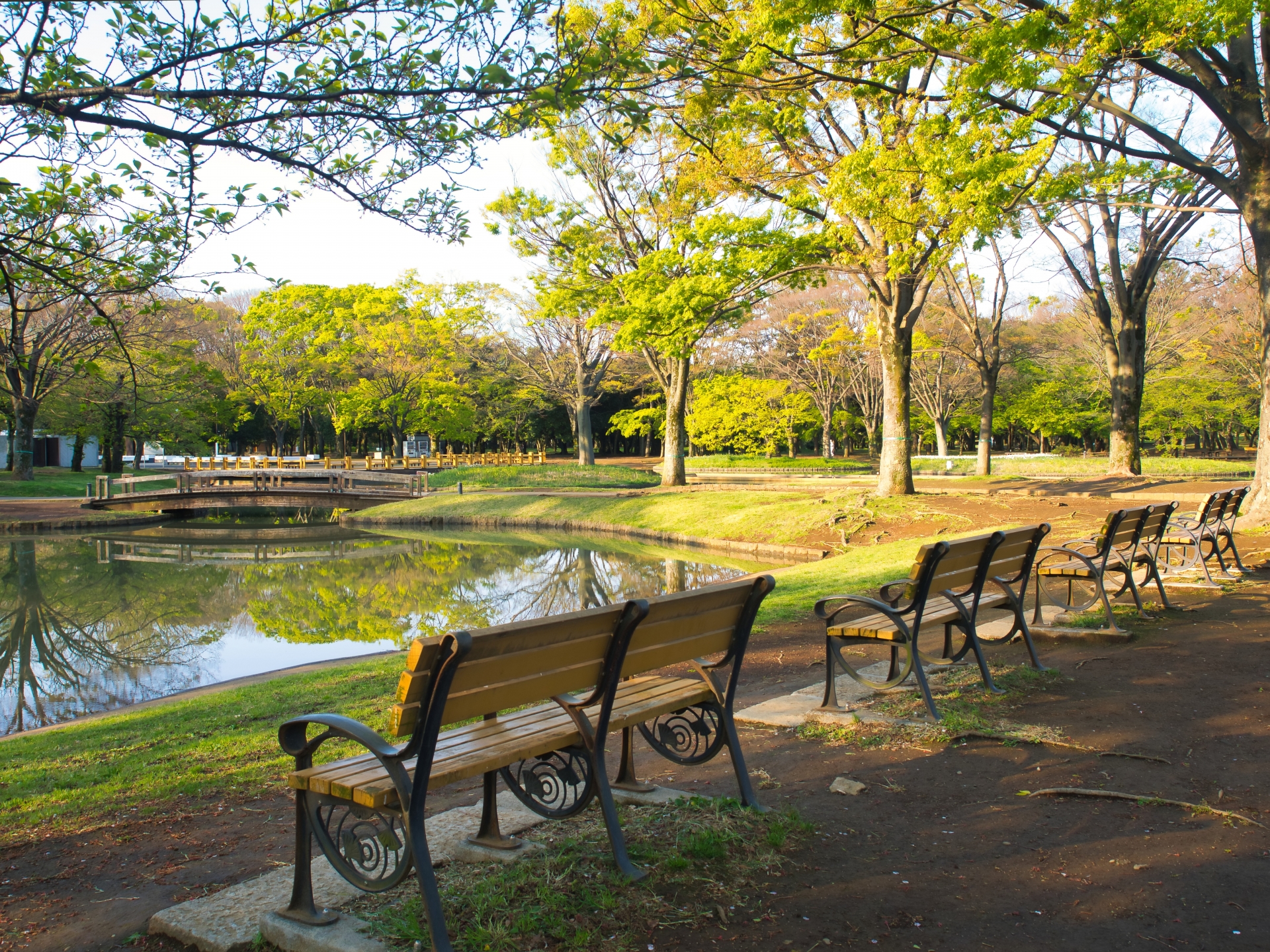

Children’s Day Around the World vs Japan
While Japan’s Children’s Day is uniquely tied to samurai heritage and traditional symbols, many other countries also celebrate their youth. For instance:
- South Korea: Celebrated on May 5th, it involves free museum admissions and family outings.
- China: Celebrated on June 1st with performances and gifts.
- Mexico: Known as Día del Niño, celebrated on April 30th with games and parties.
- India: Celebrated on November 14th in honor of Jawaharlal Nehru, promoting child welfare.
What sets Japan apart is its deep connection to historical values and gender inclusivity since 1948. The use of symbolic decorations like koinobori and kabuto makes it both visually distinct and culturally rich.
Celebrating Children’s Day Abroad (For Japanese Families Overseas)
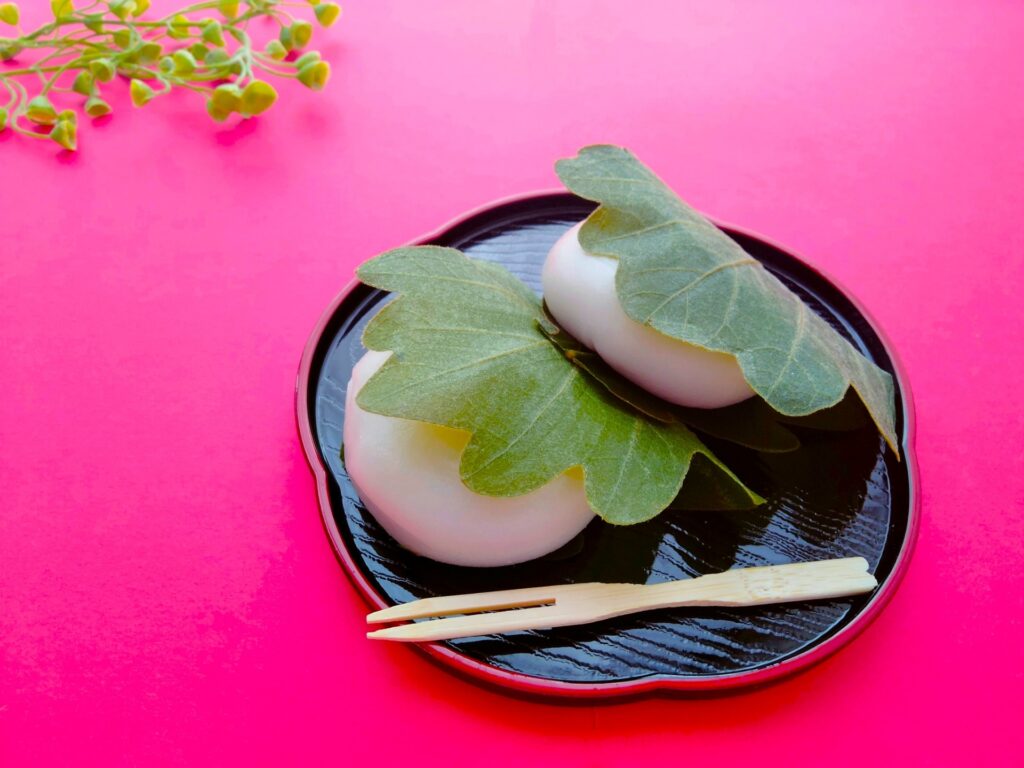
Japanese families living abroad often find creative ways to maintain traditions. Easy at-home crafts like DIY koinobori made from colored paper or fabric help children connect with their heritage. Cooking kashiwa mochi or chimaki together also becomes a meaningful cultural experience.
Educational resources, such as bilingual picture books or online worksheets, are widely available to help teach the holiday’s meaning. Communities with Japanese populations may host local events, and embassies sometimes sponsor cultural celebrations. These practices keep traditions alive and offer children a strong sense of identity no matter where they live.
Educational Significance and Evolving Meaning
Children’s Day today is more than a cultural celebration; it is also a valuable educational tool. In multicultural classrooms, it offers an opportunity to discuss global traditions, gender equality, and child welfare. Teachers often use it as a gateway to introduce students to Japanese language, geography, and customs.
In the context of the United Nations Sustainable Development Goals (SDGs), particularly Goal 4 (Quality Education) and Goal 5 (Gender Equality), Children’s Day aligns with international efforts to promote the rights and well-being of all children. It fosters discussions around inclusivity, family roles, and the social importance of childhood.
Summary: The Timeless Value of Children’s Day in Japan
Children’s Day in Japan remains a cherished celebration, rich with tradition and cultural meaning. It reflects universal values such as respect, hope, and familial love. From koinobori flying high in the sky to sweet kashiwa mochi shared at home, each aspect of the day encourages reflection on what it means to nurture and honor the next generation.
As it continues to evolve, Children’s Day bridges historical roots with contemporary values, making it a meaningful celebration not just for Japanese families, but for people everywhere who recognize the importance of children in shaping our future.

